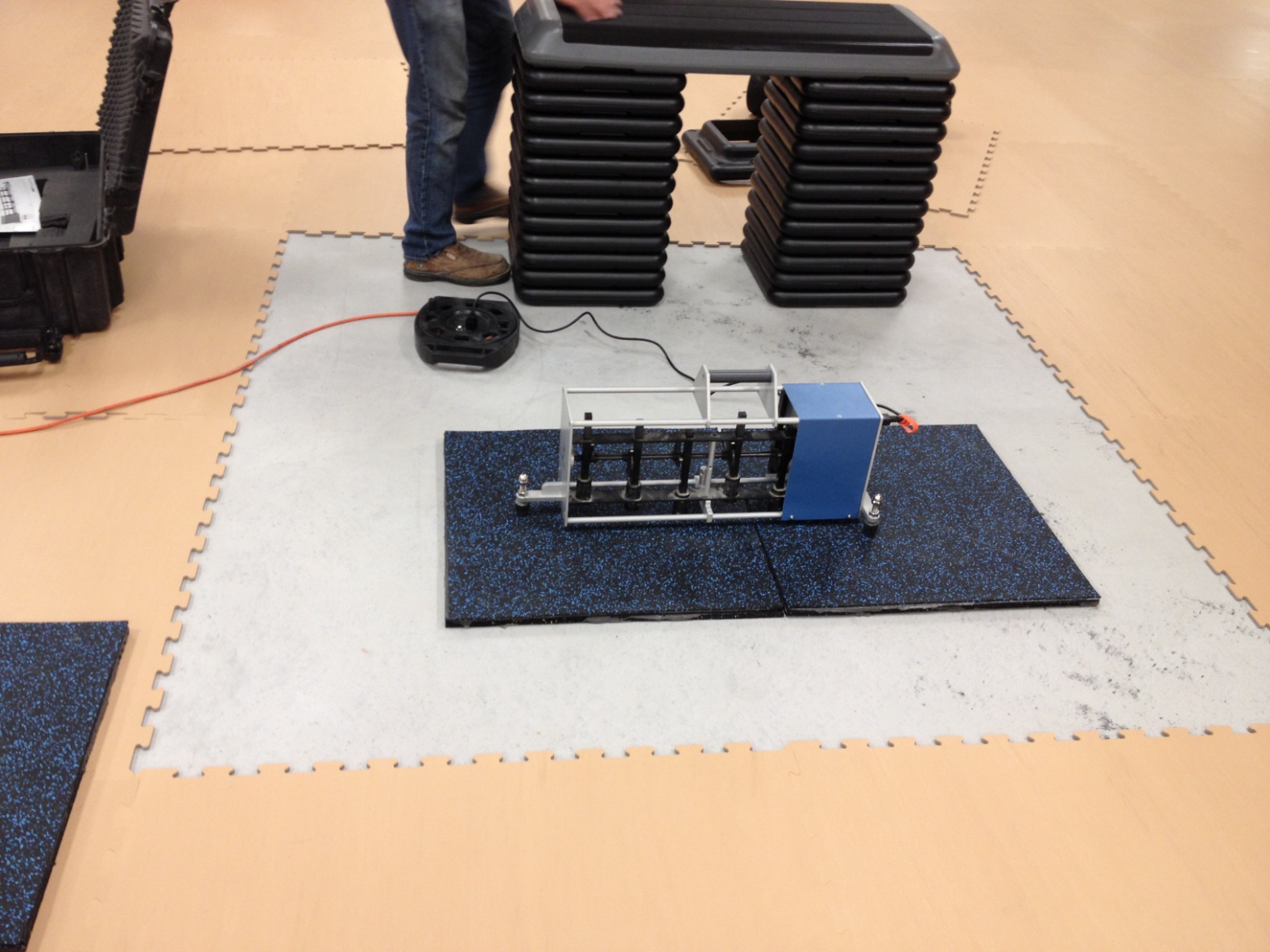On Sound Machines Posing a Hearing Risk
As a new mother who also happens to be an acoustician, the recent report of infant sleep machines being a hearing risk caught my attention. How couldn’t it? Not only did my mother-in-law send the article to me, but even my fellow acousticians were posting it and commenting about it via various social media platforms. Aside from sensationalizing an issue that is clearly a case of extremes, the report (read the NY Times article here) brings up an important social topic in general: excessive sound. This is becoming a hot topic, especially for those who work in architectural or environmental acoustics. Not only can infant sound machines exceed OSHA limits, but so can the daily sounds that we adults expose ourselves to- headphones, traffic, movie theaters, cars or motorcycles with modified exhausts, concerts, bars and restaurants in which excessively loud atmospheres appear to be the trend these days, etc. Except where intentional (motorcycle exhausts, e.g.), there are usually design flaws to blame. This means that the problem could have been avoided, but in this business the acoustics of a design are almost never as important as the aesthetics. This is where an old saying takes on a new meaning: out of sight, out of mind. Is it possible that we rely so much on the visual that we’ve come to neglect the aural? Do we, as a society, simply undervalue our ears and the gift of hearing? Back to the article for now, why use sleep machines? Besides the obvious (more…)



